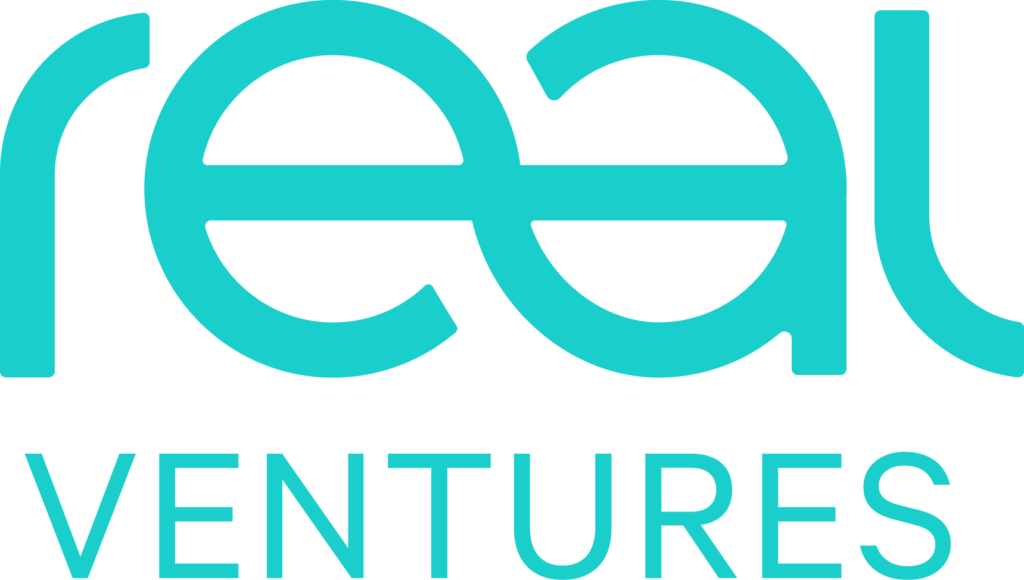At Real Ventures, we believe a company’s story is the linchpin of their fundraising process. In his posts on the path to Series A, my partner, Sam Haffar, makes a strong case for the central role that story plays in securing financing. Sam’s posts also touch on our specific techniques for story creation. In this post, I dive deeper into those techniques, unpacking the methods we use at Real Ventures and our venture accelerator, FounderFuel, to support our founders in crafting their fundraising stories.
Story Matters
Before plunging into the details, the theme bears repeating: your story is key! At one level, this maxim is true for many things in life. Whether you’re a politician or a product developer, a compelling story is essential to success. But story is especially important for early-stage startups because there is usually very little hard data to share with investors when they pursue their first financing rounds. Even for startups with early traction, most of their path lies in the future. In the absence of data, investors have little choice but to lean heavily on the story of what’s to come.
Story is a powerful heuristic for other reasons. For one thing, it’s widely available: any founder can and should have a well-honed story. It’s also easy to consume: an investor can get a good feel for a founder’s story within 15 minutes — even less if we get a deck in advance. Perhaps most importantly, the ability to craft and tell a great story is often correlated to success in fundraising, and in other important domains such as inspiring teams, building partnerships, attracting acquirers and impressing journalists.
For those who find this emphasis on story unsettling in a Theranos sort of way, it’s important to note that in a well-run investment process, the story is necessary but not sufficient. When an investor finds a company’s story compelling, they start a due diligence process. This process — in the form of market research, reference calls, financial model review and more — is meant to either validate or disprove the story they’ve heard.
Building your story
At Real Ventures, we think of a company’s story as a single argument that plays out across multiple modes. Whether compressed into an email blurb or zoomed out into a partner pitch, the story is a coherent set of ideas about how the company can achieve its grand vision.
While the story can be told in many forms, arguably the most important is the fundraising deck, a pithy set of 10–20 slides that summarizes the company’s vision, track record and plan. At Real Ventures, we embrace the deck as a form of communication, but the most important advice we can give about deck-building is don’t start with the slides. Presentation software is great for creating a beautiful final product that mixes words, images, and graphs to just the right effect. But before the deck comes the argument, which is an exercise in rhetoric. To build the argument, you only need words — anything more is a distraction.
Now, you might expect me to propose a Google or Word doc as your starting point, but in our experience, the best tool for script-building is a spreadsheet. The cell-based interface of spreadsheets forces you to chop your argument into small pieces and makes it easy to move those pieces around. The line and column numbers also come in handy when discussing the script, and we love how column width can be used to enforce brevity, as great arguments are as much about what you leave out as what you put in.
Our preferred format for script spreadsheets has two columns. The first column is for the main argument; it should take up ¾ of the page on your screen. The second column is for overflow: ideas, phrases and content that have not found a home in the main thread.
In building the main argument, we think about chaining together sections consisting of a bold claim and supporting evidence. For each section, the bold claim appears at the top. Below this are no more than 3 lines to support the claim. Here’s an example of a single section from Sollum Technologies:

In crafting your bold statements, try to focus less on wordsmithing and more on argument building. What is the key point you want to make? Does that point flow clearly from the previous section? Does it lead easily to the next? For the supporting evidence, focus on making sure each line directly supports the bold claim. If you can’t fit a bold claim or supporting point in the main flow, toss it in the second column for later. Once you’ve got a solid structure, you should start honing in on each line, word and statistic to make sure it is carrying weight.
Care > Believe > Join
Every story has its own flow, and great storytelling is about finding what works for you. That said, it can be helpful to have a framework for what to include and in which order. One rubric we’ve found useful is to build the story around three questions:
- Why should they care?
- Why should they believe?
- Why should they join?
Care is about convincing someone that your company is interesting and potentially lucrative (i.e. capable of returning the fund). The care section is where you explain the core problem you’re solving, the insightful solution you’ve found, and the size and timeliness of the opportunity. We like to see this part of the argument early on in the story, because if an investor doesn’t care, they are unlikely to dig any deeper.
Believe is about convincing someone that you have the team, technology and strategy to win in your market. The believe section is usually the longest in any company story. All of the juicy details from traction and IP to marketing plan and product details go here. We find the believe section is the most straightforward part of the narrative to craft; it’s the part of the story where your main job is to tell it like it is.
Join is about giving someone a clear opportunity in which to participate. For investor decks, the join section is where you get into the details of the fundraising offer, terms, timing, etc. It’s also where you convey fit with the investor. This section is usually the shortest part of the story and often comes at the end.
If you find this structure useful, we suggest you add a third column in your spreadsheet so that you know which question each of your bold points is speaking to.

The Story Pipeline

Brainstorming
Given the tools and techniques above, some founders can open a file and start writing. If you need more inspiration before setting off, brainstorming exercises are a good place to start. One tool we use is called burning questions. The idea is to respond to a series of writing prompts, like “Why will your company win?” or “How will the world change if you become a billion dollar company?” The exercise allows you to take a fresh look at your business and the responses can be mined for the first draft of your script. In-person brainstorming sessions with investors or advisors can also be extremely useful to get the creative juices flowing.
Script
Once you have enough raw material, it’s time to get down to the hard work of writing your story. For this phase, our main recommendation is to budget adequate time and attention. Writing is hard work and it’s less gratifying in the short run than replying to emails or crushing your to-do list. So block your calendar, find a peaceful place, and stick with it. We also recommend that you keep your drafts in spreadsheet format as long as possible, both during the initial writing process and early rounds of feedback. Spreadsheet scripts are easier to change than decks, and easier for others to review and respond to.
Rough deck
When you are ready to move from script to deck, it’s important to be flexible about how you turn each section of your script into slides. In some cases, one section of the script (bold claim plus evidence) will map to a single slide. In other cases, it might take a few slides to make that same point. Similarly, some words in the script will be transposed directly to the slide, while in other cases, you may find different phrasing or non-linguistic ways to make the point. Presentation software gives you lots of tools — make use of them! If you are raising meaningful amounts of capital and have the budget, we also recommend hiring a graphic designer to make the story shine.
Final deck
Once your deck structure and wording are in place, its time to add some polish. If you have the budget, we recommend hiring a graphic designer for this phase. We also recommend creating multiple versions of the deck — one shorter one for sending via email and one longer one for in-person meetings. Along the same lines, you should build up a small library of appendix slides that dive deeper on key points. For key investor meetings, you can also personalize the deck slightly by adding a slide about investor/founder fit.
Putting in the work
Like anything worth doing, building your company story is worth doing well. This means investing time and effort. During FounderFuel, we spend 6 solid weeks honing a 5-minute version of the company story for our Demo Day. Our seed-stage companies require less hand-holding than those in the accelerator, but they take a similar amount of total time to craft their stories and decks, as the expectations for quality and depth of thought to raise an institutional A round is extremely high.
Over to You
While these tools will forever be a work-in-progress, we’ve found them useful at Real Ventures and FounderFuel and hope you will too. If you want to give our spreadsheet scripting approach a try, here’s a template you can use. If you are working on a new business and would like to share your story with us, we’re all ears. And if your company is at the accelerator stage, applications for the next FounderFuel cohort will be open in early 2020.
**********
The techniques in this post were developed over many years by the Real Ventures and FounderFuel teams. Special credit is due to John Stokes, Sam Haffar, Ian Jeffrey, and Sylvain Carle for their contributions to developing this approach.
**********
For more tips, insights, founder stories, ecosystem deep dives, and industry trends, sign up for our newsletter and follow us on Twitter, LinkedIn, and Facebook.




